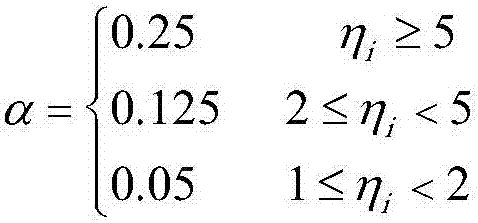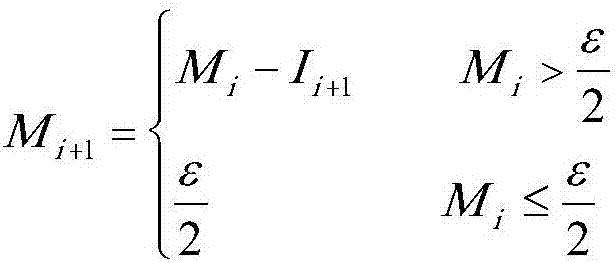Electromagnetic relay step tolerance optimization method based on varying contribution rates
An electromagnetic relay and optimization method technology, applied in the direction of instruments, electrical digital data processing, CAD circuit design, etc., can solve the problem of manual adjustment of the tolerance range of each factor, and meet the requirements of output characteristic quality consistency and tolerance optimization speed high effect
- Summary
- Abstract
- Description
- Claims
- Application Information
AI Technical Summary
Problems solved by technology
Method used
Image
Examples
specific Embodiment approach 1
[0026] Combine below figure 1 Describe this embodiment, the step-by-step tolerance optimization method of electromagnetic relay based on the variation contribution rate described in this embodiment, it comprises the following steps:
[0027] S1: Determine the tolerance optimization standard according to the quality consistency requirements of electromagnetic relays; determine the tolerance range of key factors according to the relationship between key factors and output characteristics and actual processing capabilities;
[0028] S2: Determine the level number of key factors according to the newly determined tolerance range; design an orthogonal test according to the number of key factors and level numbers, and use a fast calculation model to calculate the output results of each group of test plans; calculate the value of each factor based on the results of the orthogonal test Contribution rate;
[0029] S3: According to the contribution rate of each factor, the tolerance is ...
specific Embodiment approach 2
[0033] Combine below figure 1 Illustrate this embodiment, this embodiment will be further described to embodiment one, in step S1, according to the quality consistency requirement of electromagnetic relay product specific output characteristic parameter (such as pull-in voltage, release voltage etc.), determine the standard of output characteristic parameter tolerance optimization , that is, the fluctuation range of the output characteristic parameter; then according to the relationship between the key factor (namely the design parameter) and the output characteristic, determine the tolerance range of the key factor, that is, if the change of the key factor has little influence on the output characteristic, a larger If the change of key factors has a greater impact on the output characteristics, a smaller tolerance range can be allocated, and the allocated tolerances should be within the allowable range of processing capabilities.
[0034] In step S2, the number of levels of k...
PUM
 Login to View More
Login to View More Abstract
Description
Claims
Application Information
 Login to View More
Login to View More - R&D
- Intellectual Property
- Life Sciences
- Materials
- Tech Scout
- Unparalleled Data Quality
- Higher Quality Content
- 60% Fewer Hallucinations
Browse by: Latest US Patents, China's latest patents, Technical Efficacy Thesaurus, Application Domain, Technology Topic, Popular Technical Reports.
© 2025 PatSnap. All rights reserved.Legal|Privacy policy|Modern Slavery Act Transparency Statement|Sitemap|About US| Contact US: help@patsnap.com



